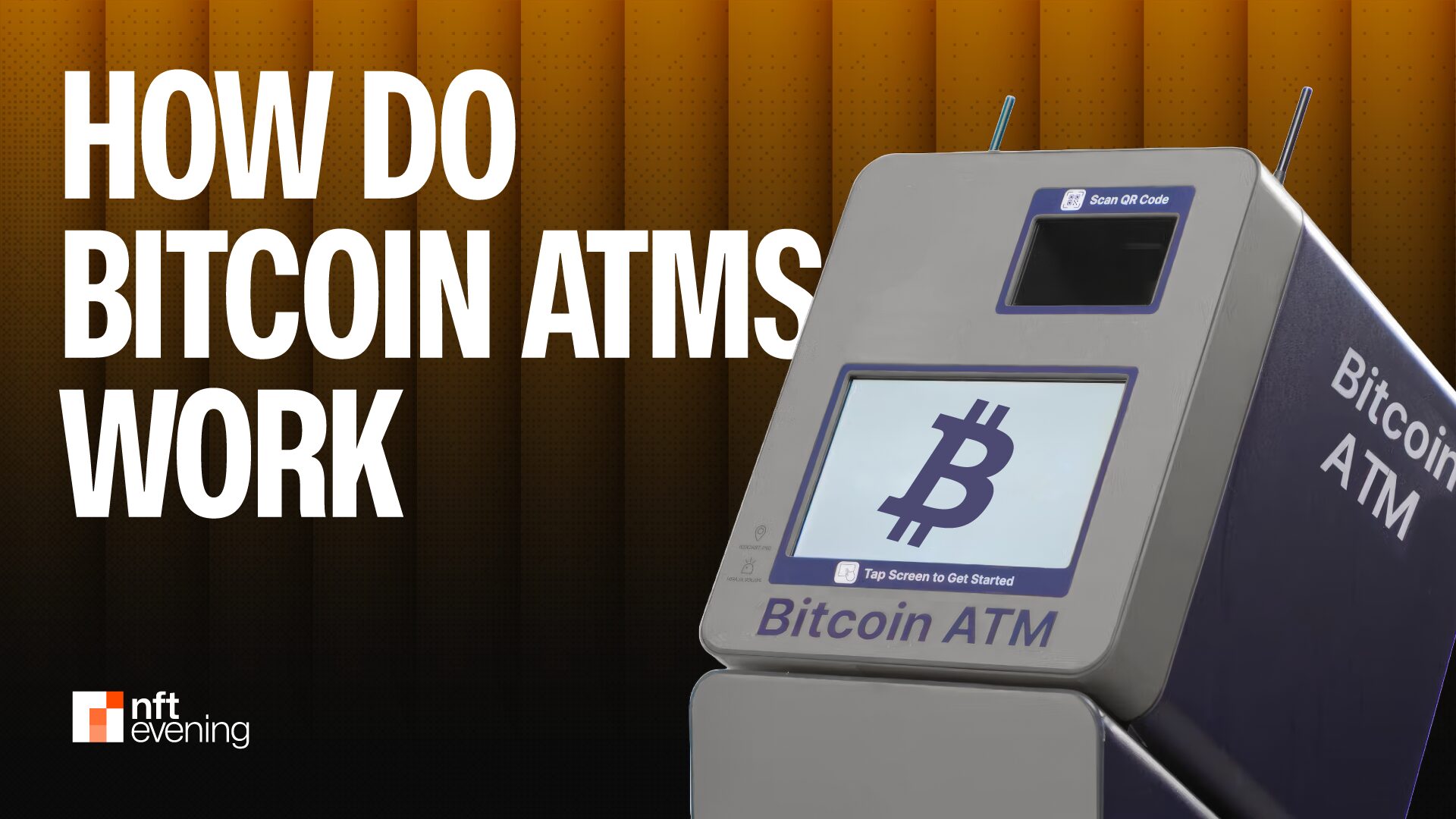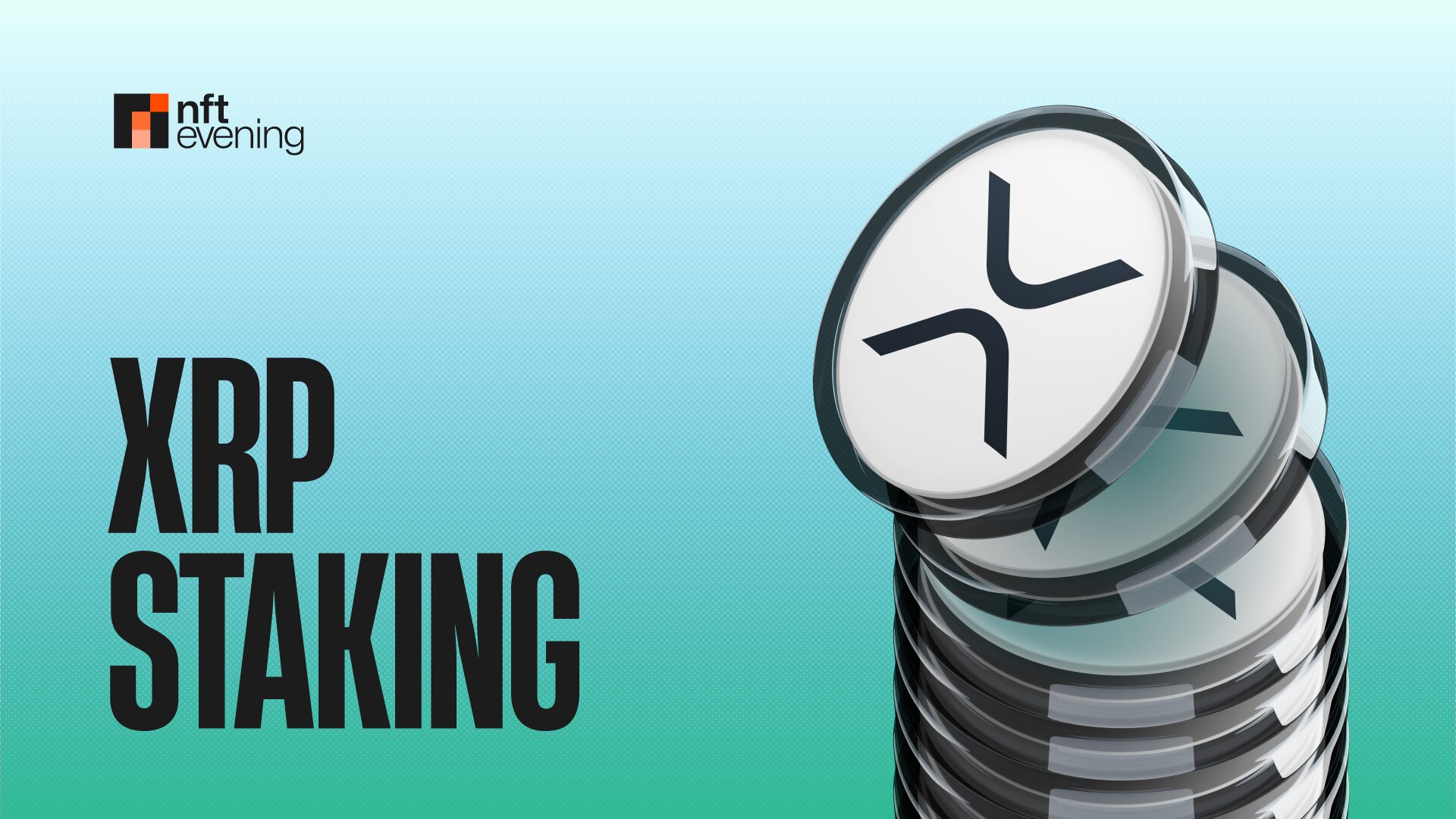Now Reading: Bitcoin ATMs: How Do They Work and How to Use Them?
-
01
Bitcoin ATMs: How Do They Work and How to Use Them?
Bitcoin ATMs: How Do They Work and How to Use Them?

With the increasing value of cryptocurrencies and the growing trust in them, Bitcoin ATMs have become a crucial connection between digital assets and traditional fiat money transactions. If you’re new to using Bitcoin ATMs and wondering about their functionality and differences from traditional ATMs, this guide will provide you with all the necessary information.
A Bitcoin ATM, also known as a Bitcoin Teller Machine (BTM), is a physical kiosk that allows users to conduct crypto transactions, particularly with Bitcoin. Unlike traditional ATMs linked to bank accounts, Bitcoin ATMs are connected directly to online cryptocurrency exchanges through blockchain technology. There are two types of BTM kiosks: one-way ATMs for buying Bitcoin only and two-way ATMs that support both buying and selling.
To use Bitcoin ATMs effectively, users need to understand their operation:
– They are usually located in public places like airports, convenience stores, and shopping malls.
– Users must have a cryptocurrency wallet to receive purchased Bitcoin.
– Some BTMs allow selling Bitcoin for fiat currency.
– Transactions are completed within minutes.
– Transaction fees can vary depending on the transaction amount.
The advantages of Bitcoin ATMs include bypassing traditional banking systems, allowing cash or debit card transactions for purchasing Bitcoin and other digital assets seamlessly. They also offer a level of anonymity as personal information isn’t required for every transaction. Other benefits include quick transactions, accessibility for unbanked individuals, the option to transact in fiat currency, and real-time exchange rate display.
Despite the benefits, there are some limitations and risks associated with Bitcoin ATMs, such as high transaction fees, limited availability in certain regions, and technical issues that may impact transactions. Additionally, not all ATMs support multiple cryptocurrencies, and daily withdrawal limits can restrict transaction sizes.
Bitcoin ATMs have a brief history, with the first one installed in Vancouver, Canada, in 2013. Since then, Bitcoin ATMs have spread globally, with over 38,000 machines currently available across 70 countries.
When using Bitcoin ATMs, it’s essential to understand the regulatory requirements in your jurisdiction, as different countries have varying laws regarding their use. Most countries have anti-money laundering and know-your-customer laws to ensure user safety.
Bitcoin ATMs may have higher fees compared to traditional ATMs or online cryptocurrency exchanges, ranging from 4% to 25% per transaction. It’s advisable to compare fees with cryptocurrency exchanges before conducting transactions.
To find a Bitcoin ATM near you, websites like Coin ATM Radar can help locate nearby machines based on your location. Users should be cautious of potential scams associated with Bitcoin ATMs, such as impersonation and bogus investment schemes, and report any suspicious activity to authorities.
In conclusion, understanding how Bitcoin ATMs work can help users confidently engage in crypto transactions. Whether you’re a beginner or experienced crypto user, utilizing the resources provided in this guide will enable you to make informed decisions when using Bitcoin ATMs.






